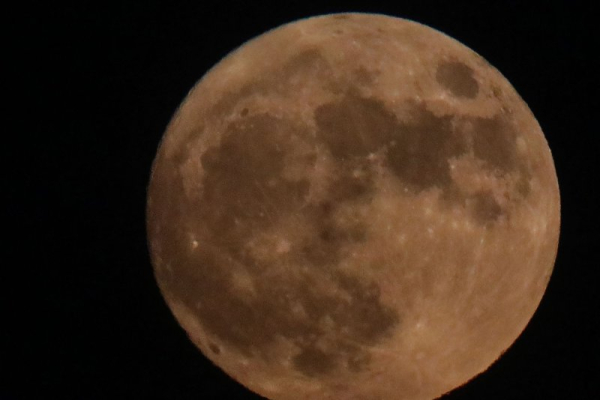November to bring famous meteor shower, stunning views of Jupiter

The final full moon of autumn will rise during the last weekend of the month. File Photo by Ismael Mohamad/UPI | License Photo
A trio of astronomical events will grace the night sky throughout the new month, including one of the most well-known meteor showers in recent history and the final full moon of fall.
Stargazers may have to bundle up to enjoy the sights of the cosmos as colder air begins to settle across North America in November. However, to balance out the colder conditions, there are longer nights, providing more time for folks to look for stars, planets and meteors after nightfall. Advertisement
Here are the top three astronomy events for November.
Spotting Jupiter
November will be the best month of the year to spot Jupiter in the night sky as the planet reaches opposition, the point when it appears opposite of the sun from the perspective of Earth. This is also around the same time when it is closest to Earth, making it shine brighter than many stars and other planets in the sky. Advertisement
The vibrant planet will first appear in the east after sunset and will glide across the southern sky before setting in the west around daybreak. No telescope is needed to see Jupiter as it will outshine nearly every other celestial object in the night sky, but having a telescope or a pair of binoculars will reveal the colorful bands of clouds on the planet as well as its largest moons.
Although the Jupiter opposition takes place on Friday, any cloud-free night during the month will be a prime opportunity for viewing the planet. Jupiter will not appear this bright again until December 2024.
Leonids meteor shower
The weekend before Thanksgiving will host November’s top meteor shower as the Leonids peak.
Most years, including this year, the Leonids bring around 15 shooting stars per hour, but on rare occasions, it has erupted into an all-out meteor storm with thousands of meteors per hour. Such an outburst is not anticipated this year, but the Leonids that do streak through the sky this month could be brighter than in recent years.
|
|
| A meteor during the peak of the 2009 Leonid Meteor Shower. The photograph shows the meteor, afterglow, and wake as distinct components. Image courtesy of Wikimedia Commons/Navicore |
Advertisement
Skywatchers also have an increased chance of seeing incredibly bright meteors known as fireballs due to the Leonids overlapping with the Southern Taurid and Northern Taurid meteor showers. Both of these events are long-running meteor showers that are active throughout all of November and produce only a few shooting stars per hour but are known for bringing an uptick in fireball activity.
Full moon
The final full moon of autumn will rise during the last weekend of the month, an event with several nicknames connected to the weather.
“November’s moon names highlight the actions of animals preparing for winter and the onset of the colder days ahead,” The Old Farmer’s Almanac explained on its website. This includes the Beaver Moon, as November is the month when beavers make final preparations for the cold winter months before retreating into their lodges.
Other weather-themed nicknames for November’s full moon include the Frost Moon and the Freezing Moon.

